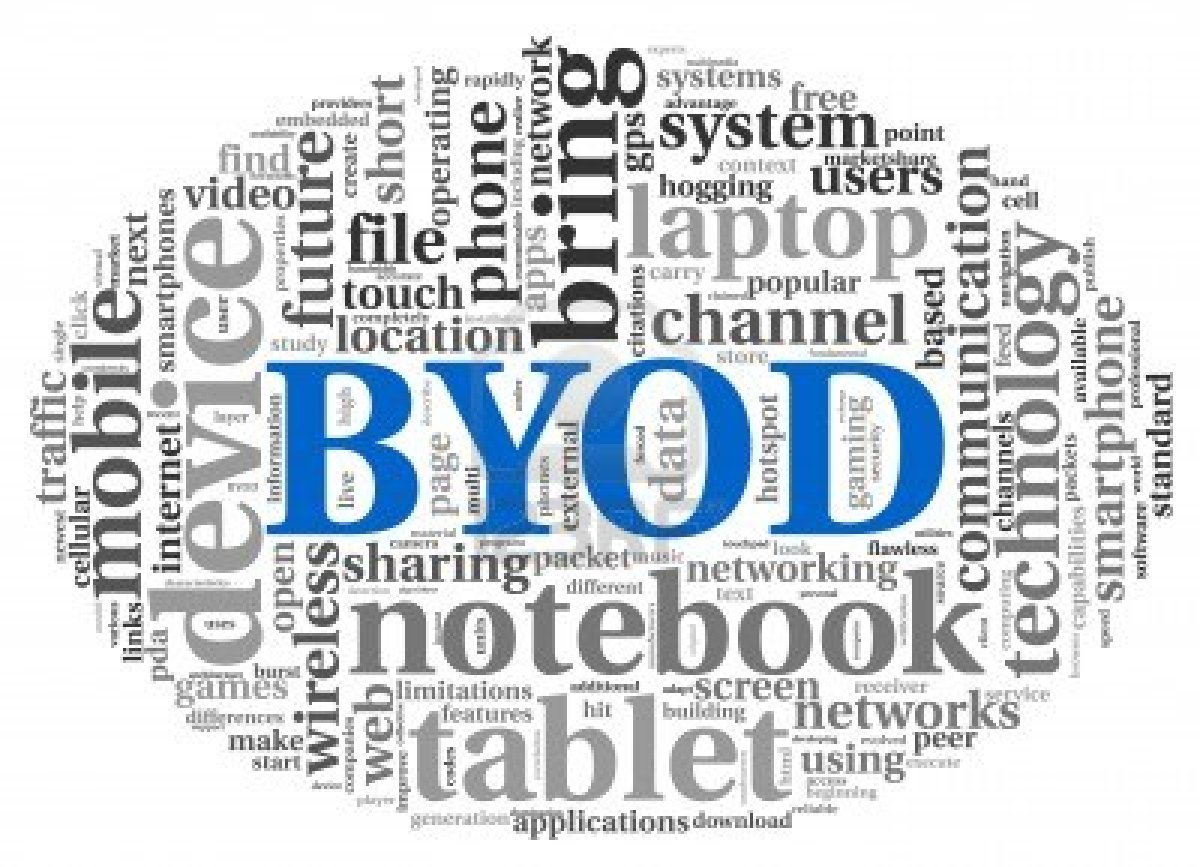How BYOD Programs Will Turbocharge Mobile App Adoption
Employees holding out hope that their company will shell out the dough for their next gadget might want to start squirling away their own resources. A global survey of CIOs from Gartner shows that by 2017 , half of the world’s companies will enact bring your own device (BYOD) programs rather than providing their employees with devices.
One happy byproduct of BYOD is that enterprise apps are being devoured with increasing fervor. BYOD inspires workers to experiment with new solutions hoping to find that magic bullet that will make their job easier. Gartner wrote in a press release, “Rolling out applications throughout the workforce presents myriad new opportunities beyond traditional mobile email and communications.”
A Win for Employers and Employees
 While there has been some BYOD backlash, when correctly administered, businesses and employees can both benefit from BYOD. The average cost of providing employees with devices is $600 per employee. This cost can be crippling to many small and medium-sized businesses (SMBs).
While there has been some BYOD backlash, when correctly administered, businesses and employees can both benefit from BYOD. The average cost of providing employees with devices is $600 per employee. This cost can be crippling to many small and medium-sized businesses (SMBs).
By allowing workers to use personal devices (that they likely already own), smaller businesses can reap the benefits of mobility without having to shoulder hardware costs. BYOD can be a win for employees as well since BYOD programs often increase employee satisfaction by allowing them to invest in the apps that increase their productivity and help them do their job better, a phenomenon that has become referred to as “the consumerization of IT.”
The Question of Security
As BYOD programs become ubiquitous within enterprise organizations, expect to see more sophisticated IT solutions aimed at ensuring data security, as the risk of data leakage on mobile platforms can’t be ignored. Still, IT is catching up with the BYOD phenomenon.
“We’re finally reaching the point where IT officially recognizes what has always been going on: People use their business device for nonwork purposes,” said Gartner vice president David Willis. “They often use a personal device in business. Once you realize that, you’ll understand you need to protect data in another way besides locking down the full device.”
It’s because of this that we are in the process of seeing BYOD programs evolve into bring your own app (BYOA) programs. With enterprise app usage soaring, app management is going to be a problem as managers and CIOs fall under increasing pressure to monitor app usage. It’s likely that companies are going to require checklists for mobile app usage to ensure that the apps being used don’t compromise security.
Incentive for Companies to Curate a List of Sanctioned BYOD Apps
Over time, we’ll see more companies create a list of sanctioned apps that employees will download and use on BYOD devices. These apps would be specific to their line of business (sales, HR, or social, for example), and would have some centralized reporting features that would automatically log activities back to the company CRM.
Revenue.io’s mobile apps were always designed with BYOD in mind. All of our mobile apps deliver oversight by automatically logging reps’ activities in Salesforce.com. Our premium mobile apps go even further, giving sales managers tools with which to stay on top of their reps’ mobile app usage.
It should also be noted that while BYOD companies can save organizations the cost of providing workers with hardware, there are still costs to be incurred. “No mobile worker is free,” wrote Willis. “More employees and more devices mean more security and management tool costs, more application licenses, more potential problems for an overtaxed help desk to deal with, and more confusion.”
Willis predicts that by 2013 the overhead cost per worker will rise to $300 dollars largely due to mobile app licensing fees. All the more reason for businesses to be selective about which apps they deploy. The best BYOD apps are those that can add quantifiable value without compromising an organization’s data security. According to those criteria, Revenue.io is an easy addition to any list of approved BYOD apps.
